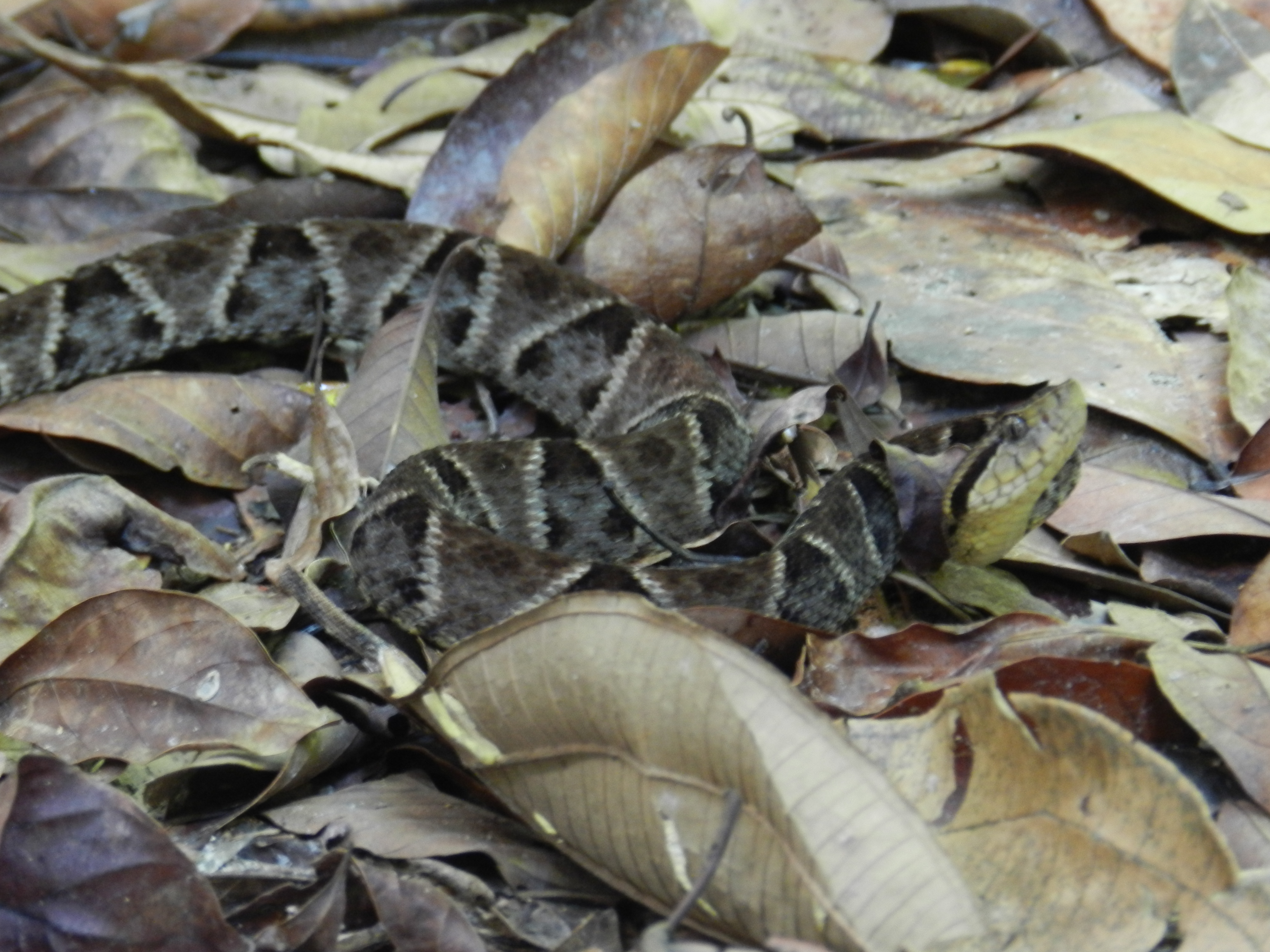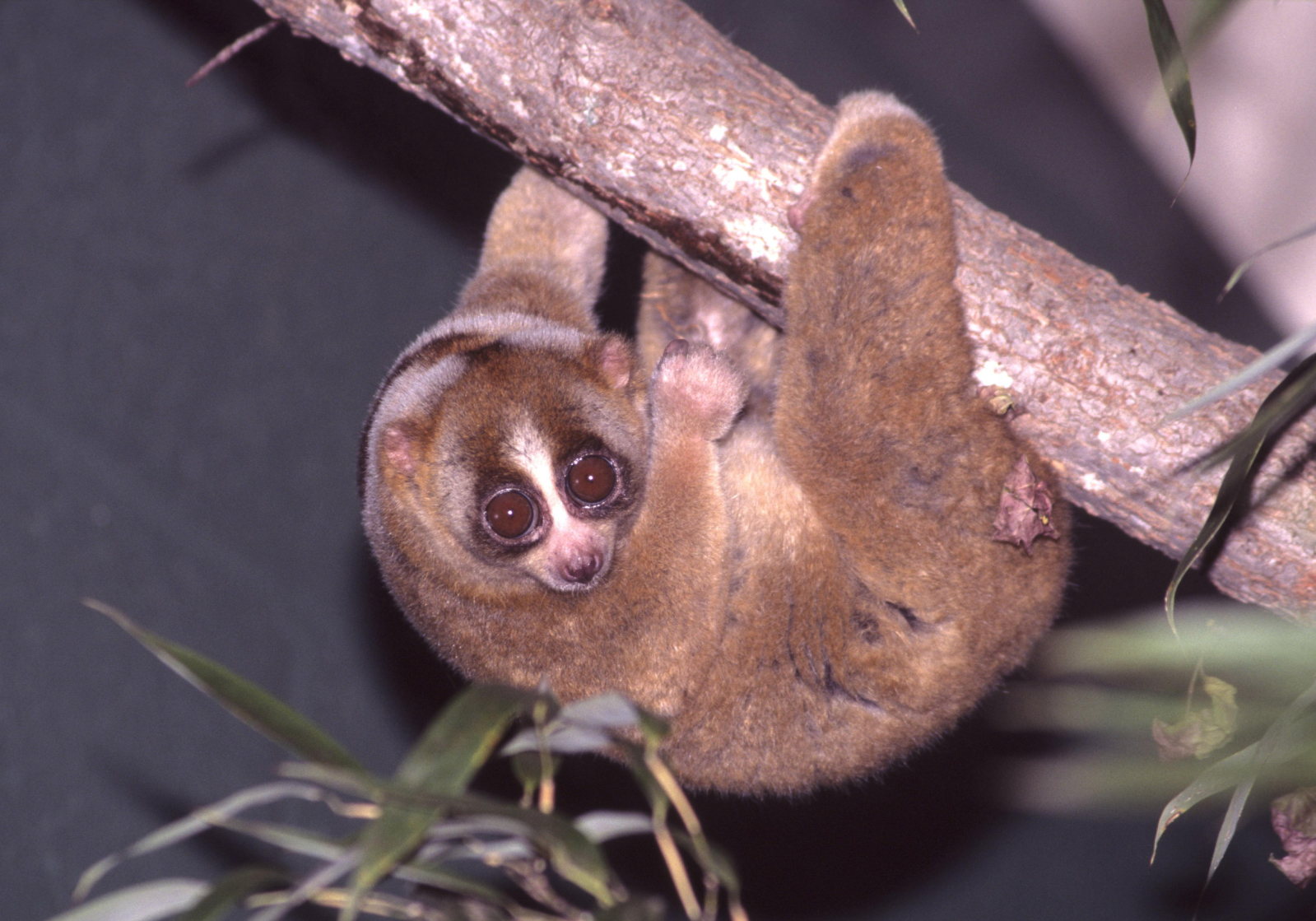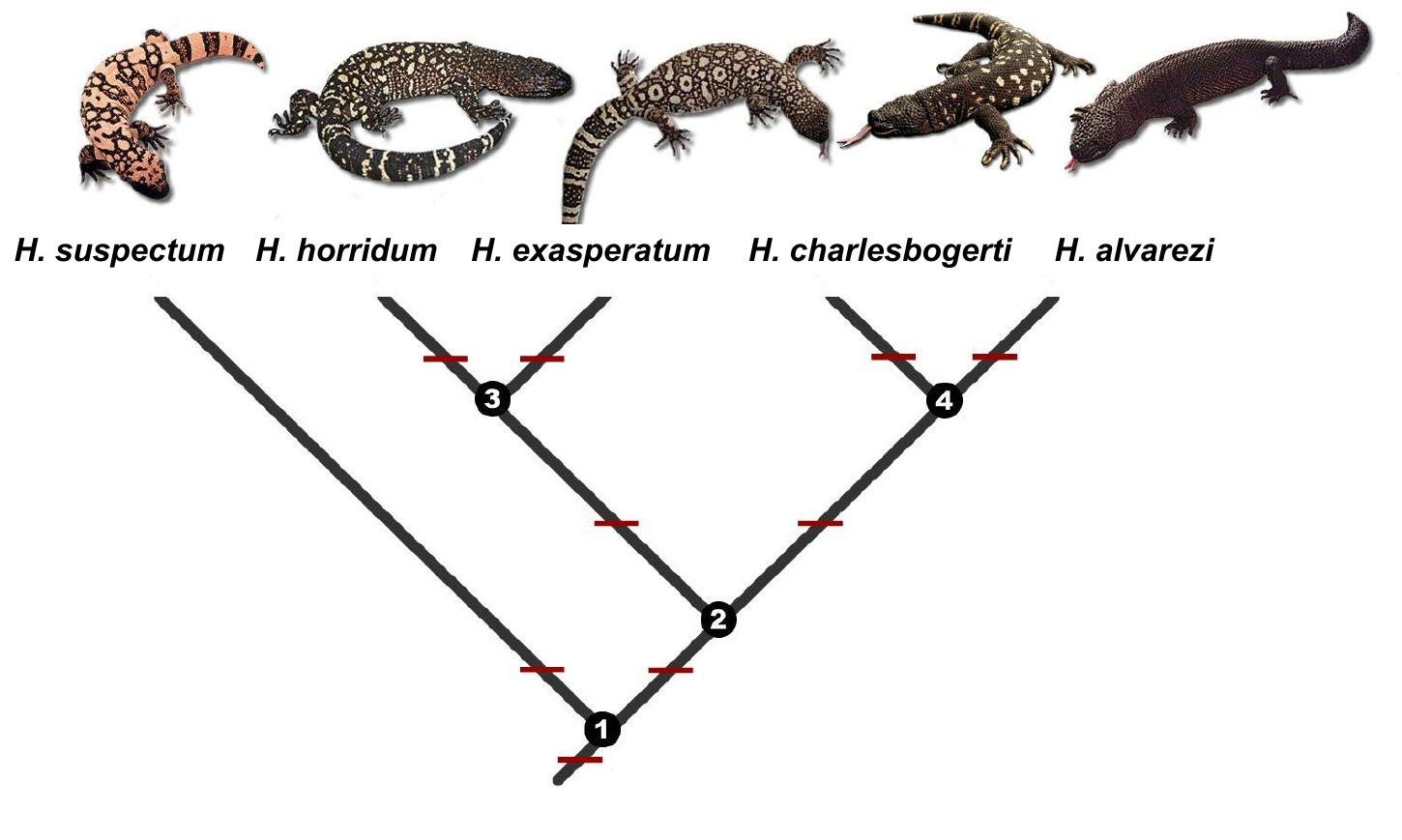|
Wild Things With Dominic Monaghan
''Wild Things with Dominic Monaghan'' is a wildlife documentary series commissioned by Channel 5 and BBC America and presented by actor Dominic Monaghan, who also serves as an executive producer for the show. Each hour-long episode follows Monaghan, an avid outdoorsman, as he travels to a new exotic location in search of "some of the most dangerous and elusive creatures known to man." The show's eight-episode first series premiered in the UK on 9 November 2012 and in the U.S. on 22 January 2013, and was nominated for Best Reality Series at the 3rd Annual Critics' Choice Television Awards. In June 2013, ''Wild Things with Dominic Monaghan'' was renewed for a second series, which premiered in the U.S. on 25 March 2014 on BBC America. After Channel 5 elected not to acquire the second season, BBC Worldwide acquired the international rights to the show. In the U.S., the third season aired on the Travel Channel instead of BBC America. It originally aired in prime time on Wednesdays, but ... [...More Info...] [...Related Items...] OR: [Wikipedia] [Google] [Baidu] |
Dominic Monaghan
Dominic Bernard Patrick Luke Monaghan (born 8 December 1976) is a British actor. He is best known for playing Meriadoc "Merry" Brandybuck in Peter Jackson's film trilogy ''The Lord of the Rings'' (2001–2003), and Charlie Pace on J. J. Abrams' television show ''Lost'' (2004–2010). Monaghan first gained fame as Hetty Wainthropp's sidekick Geoffrey in ''Hetty Wainthropp Investigates'' (1996–1998). His first film role was as Sasha in the television film ''Hostile Waters'' (1997) based on the true story of a Russian and an American submarine colliding in the Cold War. His other film roles include playing the young mutant Chris Bradley formerly known as Maverick in the superhero film '' X-Men Origins: Wolverine'' (2009) and playing Beaumont Kin in '' Star Wars: The Rise of Skywalker'' (2019), reuniting with J.J. Abrams, the co-creator of ''Lost.'' He also has hosted the nature programme ''Wild Things with Dominic Monaghan'' (2012–2016). Early life Monaghan was born in Wes ... [...More Info...] [...Related Items...] OR: [Wikipedia] [Google] [Baidu] |
Ghost Bat
The ghost bat (''Macroderma gigas'') is a species of bat found in northern Australia. The species is the only Australian bat that preys on large vertebrates – birds, reptiles and other mammals – which they detect using acute sight and hearing, combined with echolocation, while waiting in ambush at a perch. The wing membrane and bare skin is pale in colour, their fur is light or dark grey over the back and paler at the front. The species has a prominent and simple nose-leaf, their large ears are elongated and joined at lower half, and the eyes are also large and dark in colour. The first description of the species was published in 1880, its recorded range has significantly contracted since that time. Taxonomy A species of '' Macroderma'', one of several genera in the family Megadermatidae (false vampires). The family all have large eyes, a nose-leaf and tragus, long ears joined at the base, and are also found in southern Asia and central Africa. The description was published ... [...More Info...] [...Related Items...] OR: [Wikipedia] [Google] [Baidu] |
White Lion
The white lion is a rare color mutation of the lion, specifically the Southern African lion. White lions in the area of Timbavati are thought to have been indigenous to the Timbavati region of South Africa for centuries, although the earliest recorded sighting in this region was in 1938. White lions first became known to the English-speaking world in 1977 through the book ''The White Lions of Timbavati''. Description White lions are not albinos. Their white color is caused by a recessive trait, called leucism, derived from a less-severe mutation in the same gene that causes albinism, similar to the gene responsible for white tigers. They vary from blonde to near-white. This coloration does not appear to pose a disadvantage to their survival. White lions were considered to have been technically extinct in the wild between 1992 and 2004, when the Global White Lion Protection Trust achieved the first successful reintroduction of white lions to their natural habitat. These prides ha ... [...More Info...] [...Related Items...] OR: [Wikipedia] [Google] [Baidu] |
Whale Shark
The whale shark (''Rhincodon typus'') is a slow-moving, filter-feeding carpet shark and the largest known extant fish species. The largest confirmed individual had a length of .McClain CR, Balk MA, Benfield MC, Branch TA, Chen C, Cosgrove J, Dove ADM, Gaskins LC, Helm RR, Hochberg FG, Lee FB, Marshall A, McMurray SE, Schanche C, Stone SN, Thaler AD. 2015. "Sizing ocean giants: patterns of intraspecific size variation in marine megafauna". ''PeerJ'' 3:e715 . The whale shark holds many records for size in the animal kingdom, most notably being by far the largest living nonmammalian vertebrate. It is the sole member of the genus ''Rhincodon'' and the only extant member of the family Rhincodontidae, which belongs to the subclass Elasmobranchii in the class Chondrichthyes. Before 1984 it was classified as ''Rhiniodon'' into Rhinodontidae. The whale shark is found in open waters of the tropical oceans and is rarely found in water below . Studies looking at vertebral growth bands and ... [...More Info...] [...Related Items...] OR: [Wikipedia] [Google] [Baidu] |
Aye Aye
The aye-aye (''Daubentonia madagascariensis'') is a long-fingered lemur, a strepsirrhine primate native to Madagascar with rodent-like teeth that perpetually grow and a special thin middle finger. It is the world's largest nocturnal primate. It is characterized by its unusual method of finding food: it taps on trees to find grubs, then gnaws holes in the wood using its forward-slanting incisors to create a small hole into which it inserts its narrow middle finger to pull the grubs out. This foraging method is called ''percussive foraging'', and takes up 5–41% of foraging time. The only other animal species known to find food in this way is the striped possum. From an ecological point of view, the aye-aye fills the niche of a woodpecker, as it is capable of penetrating wood to extract the invertebrates within. The aye-aye is the only extant member of the genus ''Daubentonia'' and family Daubentoniidae. It is currently classified as Endangered by the IUCN. A second species, ... [...More Info...] [...Related Items...] OR: [Wikipedia] [Google] [Baidu] |
Sharks
Sharks are a group of elasmobranch fish characterized by a cartilaginous skeleton, five to seven gill slits on the sides of the head, and pectoral fins that are not fused to the head. Modern sharks are classified within the clade Selachimorpha (or Selachii) and are the sister group to the rays. However, the term "shark" has also been used to refer to all extinct members of Chondrichthyes with a shark-like morphology, such as hybodonts and xenacanths. The oldest modern sharks are known from the Early Jurassic. They range in size from the small dwarf lanternshark (''Etmopterus perryi''), a deep sea species that is only in length, to the whale shark (''Rhincodon typus''), the largest fish in the world, which reaches approximately in length. Sharks are found in all seas and are common to depths up to . They generally do not live in freshwater, although there are a few known exceptions, such as the bull shark and the river shark, which can be found in both seawater and freshwat ... [...More Info...] [...Related Items...] OR: [Wikipedia] [Google] [Baidu] |
Bothrops Atrox
''Bothrops atrox'' — also known as the common lancehead, ''fer-de-lance'', ''barba amarilla''Campbell JA, Lamar WW. 2004. ''The Venomous Reptiles of the Western Hemisphere''. Comstock Publishing Associates, Ithaca and London. 870 pp. 1500 plates. and ''mapepire balsain'' — is a highly venomous pit viper species found in the tropical lowlands of northern South America east of the Andes. No subspecies are currently recognized. Taxonomy The common lancehead was one of the many reptile and amphibian species described by Carl Linnaeus in the landmark 1758 10th edition of his ''Systema Naturae'', where it was given the binomial name ''Coluber atrox''. Common names include lancehead, ''fer-de-lance'', ''barba amarilla'', and ''mapepire balsain'', among others. The Spanish common name ''barba amarilla'' (yellow beard), an allusion to the pale yellow chin color, is also used in English. In Venezuela, it is called ''mapanare''. In Colombia, it is known as ''mapaná '' (Llanos of Vi ... [...More Info...] [...Related Items...] OR: [Wikipedia] [Google] [Baidu] |
Slow Loris
Slow lorises are a group of several species of nocturnal strepsirrhine primates that make up the genus ''Nycticebus''. Found in Southeast Asia and bordering areas, they range from Bangladesh and Northeast India in the west to the Sulu Archipelago in the Philippines in the east, and from Yunnan province in China in the north to the island of Java in the south. Although many previous classifications recognized as few as a single all-inclusive species, there are now at least eight that are considered valid: the Sunda slow loris (''N. coucang''), Bengal slow loris (''N. bengalensis''), Javan slow loris (''N. javanicus''), Philippine slow loris (''N. menagensis''), Bangka slow loris (''N. bancanus''), Bornean slow loris (''N. borneanus''), Kayan River slow loris (''N. kayan'') and Sumatran slow loris (''N. hilleri''). A ninth species, the pygmy slow loris (''X. pygmaeus''), was recently moved to the new genus ''Xanthonycticebus''. After the ... [...More Info...] [...Related Items...] OR: [Wikipedia] [Google] [Baidu] |
Giant Salamander
The Cryptobranchidae are a family of fully aquatic salamanders commonly known as the giant salamanders. They include the largest living amphibians. The family is native to China, Japan, and the eastern United States. They constitute one of two living families within the Cryptobranchoidea, one of two main divisions of living salamanders, the other being the Asiatic salamanders belonging to the family Hynobiidae. The largest species are in the genus ''Andrias,'' native to east Asia''.'' The South China giant salamander (''Andrias sligoi''), can reach a length of .Andrias davidianus AmphibiaWeb: Information on amphibian biology and conservation. 2012. Berkeley, California: AmphibiaWeb. Retrieved 13 December 2012. The |
Gila Monster
The Gila monster (''Heloderma suspectum'', ) is a species of venomous lizard native to the Southwestern United States and the northwestern Mexican state of Sonora. It is a heavy, typically slow-moving reptile, up to long, and it is the only venomous lizard native to the United States. Its venomous close relatives, the four beaded lizards (all former subspecies of ''Heloderma horridum'') inhabit Mexico and Guatemala. The Gila monster is sluggish in nature, so it is not generally dangerous and very rarely poses a real threat to humans. However, it has a fearsome reputation and is sometimes killed in spite of the species being protected by state law in Arizona. History The name "Gila" refers to the Gila River Basin in the U.S. states of Arizona and New Mexico, where the Gila monster was once plentiful. ''Heloderma'' means "studded skin", from the Ancient Greek words (), "the head of a nail or stud", and (), "skin". ''Suspectum'' comes from the describer, paleontologist Edwa ... [...More Info...] [...Related Items...] OR: [Wikipedia] [Google] [Baidu] |
Giant Weta
In folklore, giants (from Ancient Greek: '' gigas'', cognate giga-) are beings of human-like appearance, but are at times prodigious in size and strength or bear an otherwise notable appearance. The word ''giant'' is first attested in 1297 from Robert of Gloucester's chronicle. It is derived from the '' Gigantes'' ( grc-gre, Γίγαντες) of Greek mythology. Fairy tales such as ''Jack the Giant Killer'' have formed the modern perception of giants as dimwitted ogres, sometimes said to eat humans, while other giants tend to eat the livestock. The antagonist in ''Jack and the Beanstalk'' is often described as a giant. In some more recent portrayals, like those of Jonathan Swift and Roald Dahl, some giants are both intelligent and friendly. Literary and cultural analysis Giants appear in the folklore of cultures worldwide as they represent a relatively simple concept. Representing the human body enlarged to the point of being monstrous, giants evoke terror and remind humans o ... [...More Info...] [...Related Items...] OR: [Wikipedia] [Google] [Baidu] |
Box Jellyfish
Box jellyfish (class Cubozoa) are cnidarian invertebrates distinguished by their box-like (i.e. cube-shaped) body. Some species of box jellyfish produce potent venom delivered by contact with their tentacles. Stings from some species, including ''Chironex fleckeri'', ''Carukia barnesi'', ''Malo kingi'', and a few others, are extremely painful and often fatal to humans. Taxonomy and systematics At least 51 species of box jellyfish were known as of 2018. These are grouped into two orders and eight families. A few new species have since been described, and it is likely that additional undescribed species remain. Cubozoa represents the smallest cnidarian class with approximately 50 species. Class Cubozoa * Order Carybdeida ** Family Alatinidae ** Family Carukiidae ** Family Carybdeidae ** Family Tamoyidae ** Family Tripedaliidae * Order Chirodropida ** Family Chirodropidae ** Family Chiropsalmidae ** Family Chiropsellidae Description The medusa form of a box jellyfish has a s ... [...More Info...] [...Related Items...] OR: [Wikipedia] [Google] [Baidu] |

.jpg)







